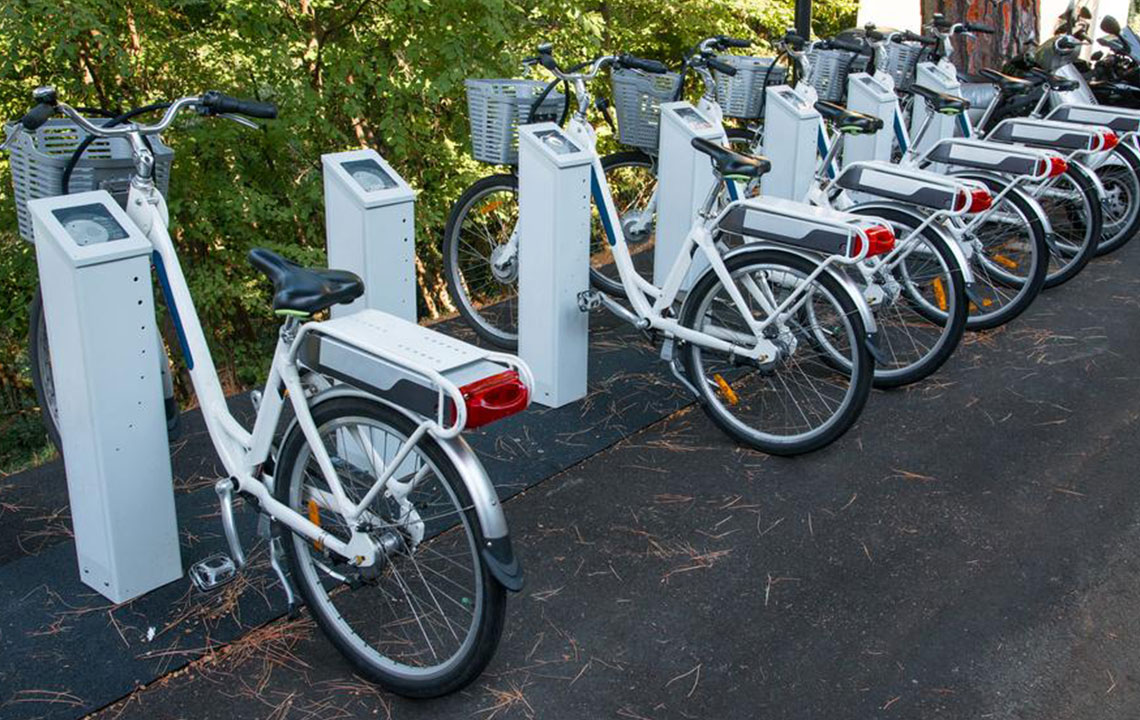Things to know before you buy an energy-efficient electric bike
Biking to far-away destinations was difficult in the past because one would have to spend lots of energy pedaling. While electric bikes have made it much easier, charging and maintaining them is expensive. Luckily, many energy-efficient electric bikes are now available in the automotive market, with long battery lives that are easy to care for.

Understanding the battery’s voltage
Firstly, we need to know the voltage and current rating of the electric bike battery that will be used. This information is available pretty easily on the front of the battery or somewhere in the owner’s manual. The average electric bike would use a battery of 10 Amp-Hours for 36 volts. Since these bikes are made using a lithium-based battery, they will be able to run for 20 miles on one battery charge.
Let us see how to calculate the Kilowatt-hours (kWh) of an electric bike. Here is the formula for that:
36 volts x 10 Amp-hours / 1000 = 0.36 kWh
What did we do here? We simply multiplied the voltage and current and then divide that figure by 1000. This means that a 0.36 kW charge is required to run an electric bike for one hour.
On an everyday basis, users would need to charge their electric bike for approximately 4 to 5 hours. In that sense, the total consumption for a charge cycle of such an electric bike would be:
5 x 0.36 = 1.8 kWh
Calculating the Cost
If we take the prices of a city like New York City, the cost per kWh would depend on the provider, user, and duration of the charge. For a biker in NY, we could safely assume that an average is $0.10 per kWh. By that standard, the electricity cost would be:
$0.10 x 1.8 kWh = $0.18
This is an estimation but you can calculate your billing pattern based on this. It would give you a fair idea of what would it cost for you to own an electric bike.











